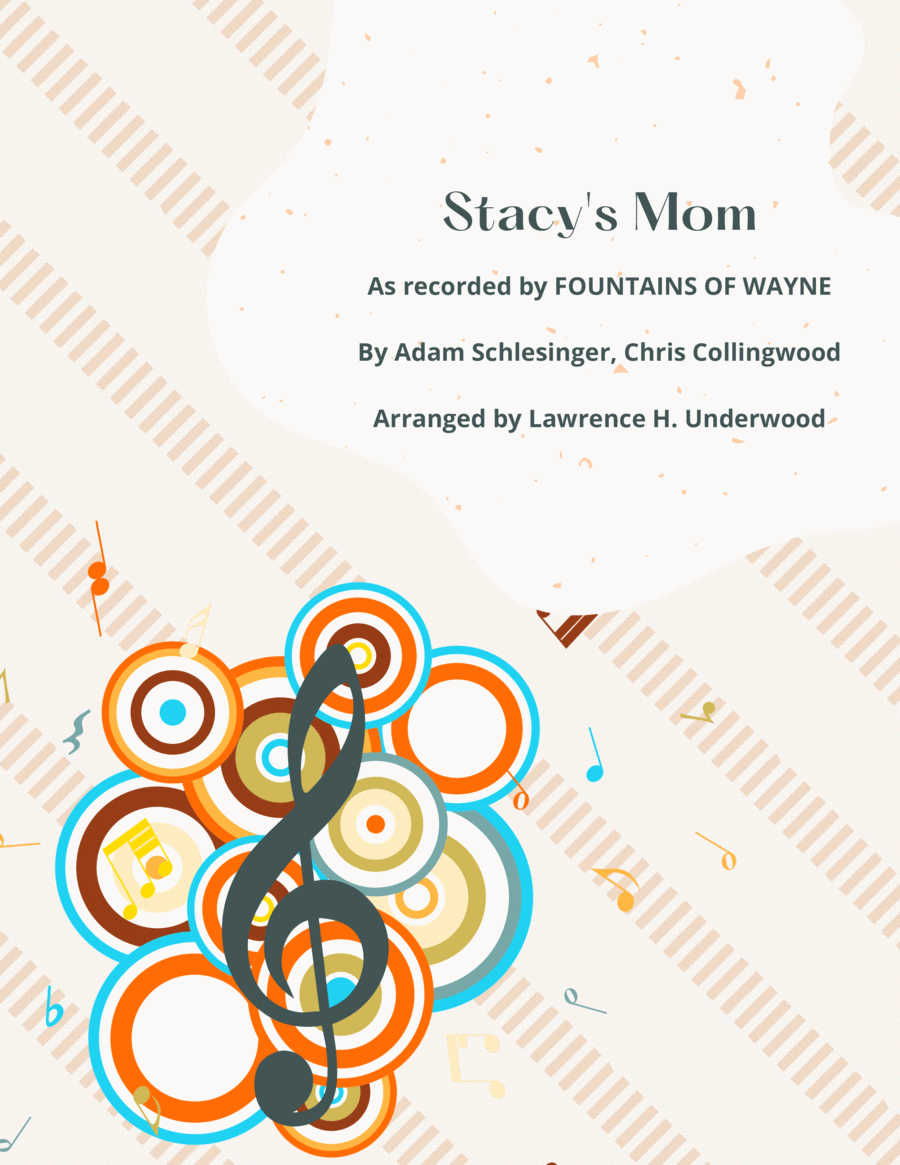Flute,Piano - Level 3 - Digital Download SKU: A0.1091146 By Fountains Of Wayne. By Adam Schlesinger and Chris Collingwood. Arranged by Lawrence H Underwood. Contemporary,Pop,Rock. Score and part. 11 pages. Lawrence H Underwood #695302. Published by Lawrence H Underwood (A0.1091146). âStacyâs mom has got it goinâ on. . .â This 2003 hit from Fountains of Wayne has it all: Itâs clever, distinctive, and incredibly catchy. And now itâs playable as an instrumental solo with piano accompaniment! This arrangement from veteran performer and music educator Lawrence Underwood is available in versions for solo flute, oboe, bassoon, clarinet, bass clarinet, alto sax, tenor sax, bari sax, horn in F, trumpet, trombone, baritone/euphonium, tuba, mallet percussion, violin, viola, cello, or double bass (with piano accompaniment). Be sure to check out the other titles in this series!
